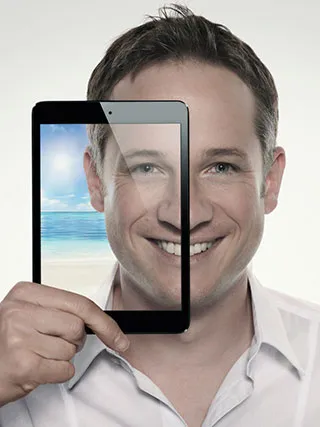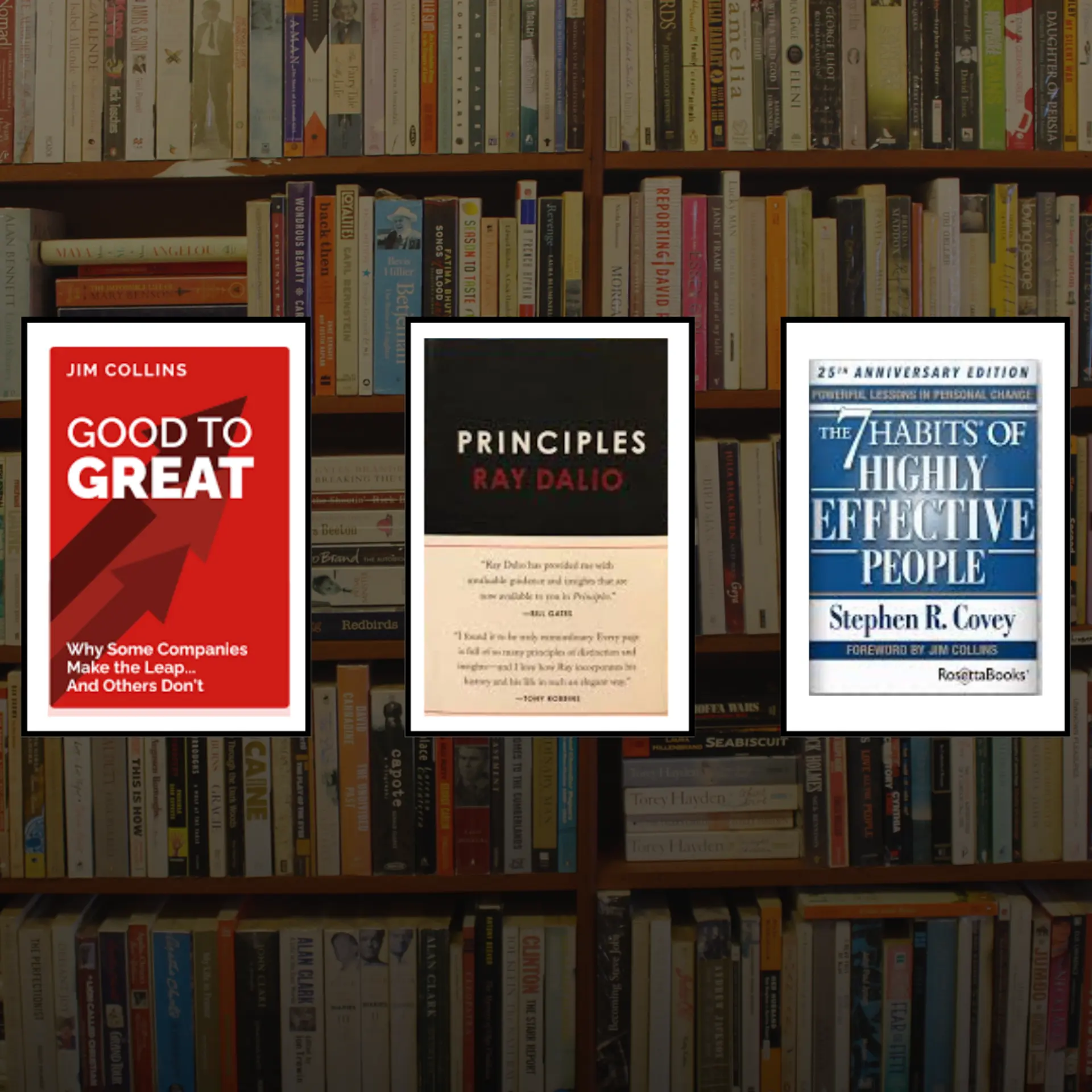The magic behind 10 Million hits on YouTube - The 'iPad magician' story

Magic is all about big props, making things vanish or creating them out of thin air. This is what I believed until I saw a video by iPad magician Simon Pierro. With over 10 million hits on YouTube, this German magician brings a blend of technology and magic never seen before. YourStory caught up with Simon to see what tricks he has up his sleeves.
YS: What are the few things which left a deep impression on your mind since childhood, and how did they shape your world view?
Simon: All in all I had a very happy childhood. Thanks to my wonderful parents, very down-to-earth people with a positive attitude towards life, I learnt to work hard for what I wanted to achieve while enjoying the path to my goals. My mom loved to write little theatrical pieces that I performed at family parties (see pictures attached). I presented poems dressed up as a snow man or played funny jokes with my father dressed up as clowns in front of his friends.
I also grew up at a time when you had the option of knocking on your friend’s door instead of calling him up on his mobile. As much as I love technology I also experienced a world not driven by cutting edge innovations. It’s always good to know both sides of the medal.
YS: How did people close to you react when you told them you wanted to pursue magic?
Simon: I wanted to become a tennis player, thanks to Boris Becker who had won the prestigious Wimbledon tournament in 1985 as the youngest competitor of all times. I was seven years old back then spending most of my time on the tennis court.
When I was 15, during a family vacation in the United States, I lost half of my fortune ($ 20) in a nutshell-game to a back-street gambler in Manhattan. In order to cheer me up my sister bought me a magic book containing the explanation of the nutshell-game and some card tricks. Ever since, I have been fascinated by the art of magic and it has become my passion.
Even though my talent in tennis was restricted, my teammates turned out to be a great audience to test my first magic tricks on. Everyone around me enjoyed my new hobby and my parents were supportive since the beginning. But I am sure they were not unhappy about me studying economics first before becoming a full-time professional magician.
YS: How did the idea occur to you to involve iPads in your tricks when most magicians use big props for magic? What makes it different in terms of preparations for the show?
Simon: In 2008, I created an act called ‘Interactive Television’. It involved a TV that would react to my actions. For example, I shook the device and there was an earthquake inside, I tilted it and the actors also slipped to one corner.
When I had the first-generation iPad in my hands I knew I could finally get rid of carrying a TV to my performances. Of course, this made the preparations easy and the show more flexible.
My first live performance with the whole iPad routine was at the Apple Store in Munich. The reactions of the audience were fantastic and I immediately thought that this could be a game changer for my career.
YS: Magic using technology is something which has evolved recently. Do the same principles which apply to traditional magic fit here, or do you have to reinvent the wheel again?
Simon: Actually the concept of combining technology and magic is a lot older than one might think. The first time I saw such a blend was in a television special of David Copperfield, where he interacted with a big video screen and made an elephant appear behind it. David Berglas from the UK showed me some of his technology inspired magic work dating back to 1963! Not to forget Marco Tempest, a pioneer in the world of digital magic, just to name a few. Now with YouTube and other video platforms and tech blogs we’ve got more exposure.
Sometimes I invent new techniques, sometimes I can accomplish a digital illusion by using traditional trick routines and combining them with an interaction on the new medium.

YS: For most of us, magic is making things vanish, creating them out of nowhere or doing the unexpected. What is magic from your perspective? Do you see yourself as more of an artist or a scientist?
Simon: Indeed magic can be so much more than vanishing and levitating objects. It can tell stories, deliver messages, it makes us dream and we sit there in awe like we did when we were kids. Performed by the right people, magic is a form of art. Science is an important source to accomplish illusions, of course.
YS: How much practice goes behind creating a new trick?
Simon: You can’t tell. Sometimes it takes me months to make an effect perfect and reliable for my live performances. Sometimes it’s just the idea and I am ready to perform the next day.
Creating new illusions can result out of a story you want to tell, new features that are rumored about a new device or existing effects I want to combine with the iPad.
For example, when I heard that the iPad 3 would be a bit heavier than the iPad 2, I thought it would be cool to have an app that makes the tablet lighter. That’s how I came up with the iPad Balloon.
YS: What is your opinion of the movie ‘Prestige’?
Simon: It’s a great movie. Christian Bale’s performance is fantastic as always and the story is really clever. Even though it get’s supernatural at the end they also offer a second solution that could work in real life. Definitely one of the best magic-themed movies out there. If you like this one you should also watch ‘The Illusionist’ starring Edward Norton.
YS: Are magicians a dying breed? The field is not getting the exposure it deserves. What according to you can be done to increase the general awareness about it as a career choice?
Simon: I am convinced that magicians need to adapt to technology. But nearly every industry is affected by the digitalization. This doesn’t mean that you need to use an iPad to perform but to adapt to the topics people are interested in. I think YouTube is great to bring the best performers and acts to a broader audience. That way magic is kept alive and receives the attention it deserves through mass media. Besides that magic will always have the strongest impact when performed for a live audience.
YS: How should someone who wants to start in this field go about it?
Simon: It’s pretty different in every country so it’s hard to give good advice here. Try to meet other magicians and learn as much as you can about the art you love.
At the beginning, perform as much as possible, even if it is in a small club without a fee. Get feedback from your audience and be more interested in what you can improve then in listening to the compliments people give you.
When looking back I appreciate the people who gave me their open criticism.
YS: What are the three important lessons from your journey?
Simon: Be creative, work hard and always stay true to yourself.
Don’t get infected by the talent search industry. Build your career step by step and it will last for a long time.
Let me quote Henry Thoreau here, “Success usually comes to those who are too busy to be looking for it.”
To view more videos of iPad magician, visit their Youtube Channel and Facebook page. Visit Simon's website here.







